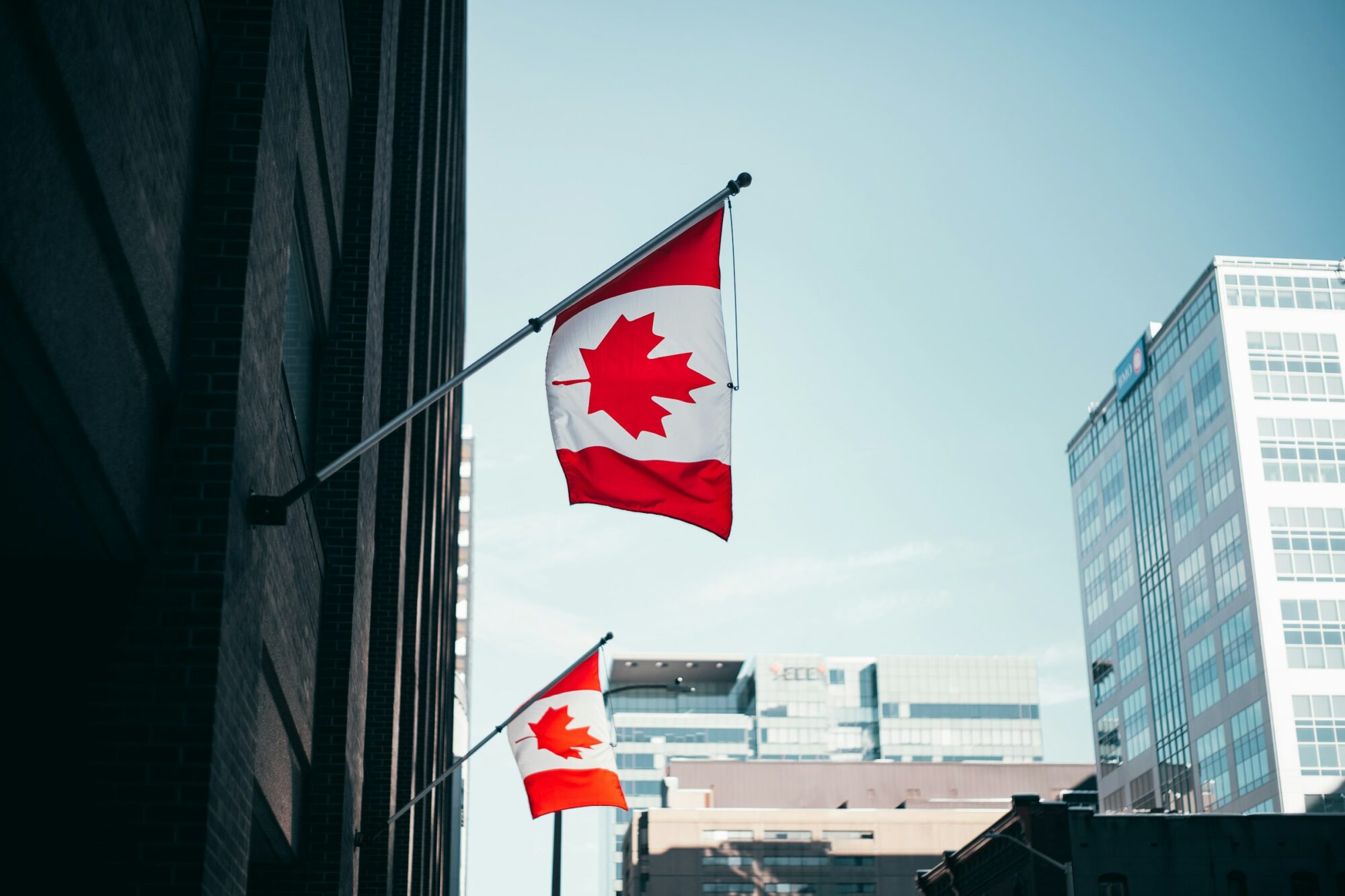As the new Liberal Government takes over the reins of power from the Harper government it will be interesting to see what has and hasn’t changed in Canada’s approach to international trade policy. The early signs, for those concerned with how new trade and investment agreements impact policy making in the public interest, are cause for concern.
During the election campaign, Liberal Leader Justin Trudeau exclaimed that “The Liberal Party of Canada strongly supports free trade, as this is how we open markets to Canadian goods and services, grow Canadian businesses, create good-paying jobs, and provide choice and lower prices to Canadian consumers.” However, after saying “The Trans-Pacific Partnership (TPP) stands to remove trade barriers, widely expand free trade for Canada, and increase opportunities for our middle class and those working hard to join it,” he seemed to express some reservations about the current TPP agreement.
First, he was critical of the Harper government’s lack of transparency in negotiating the TPP, in regard to what Canada was conceding in return for greater market access for Canadian firms among the Asian and Pacific countries participating in the agreement. Second, he then expressed concerns that in its current form, the TPP “does not adequately defend Canadian interests, including supply management, the auto sector and manufacturers across the country”. He went on to say that if elected, his government would hold a full and open debate in Parliament to ensure Canadians are consulted and “to defend Canadian interests during the ratification process.”
Since assuming office, Trade Minister Chrystia Freeland has begun a series of consultations about the TPP across the country, even prior to formal debate in Parliament. However, a number of questions arise from the Liberal Government’s evident desire to consult Canadians on the TPP, and its stance on “free trade agreements” more generally.
To begin with, there is another trade agreement awaiting ratification, namely the Comprehensive Economic and Trade Agreement (CETA) between Canada and the European Union. For some reason, the Trudeau government has not seen fit to submit CETA to public consultations, despite the many concerns that have been raised. These include a similar lack of transparency in negotiating that agreement. There is also a number of questions arising in CETA relating to “protecting Canadian interests”.
Foremost among these perhaps is the Investor-State Dispute Settlement (ISDS) mechanism, which has been a feature of regional trade agreements since the North American Free Trade Agreement (NAFTA). This is a provision that allows foreign investors from a signatory country to invoke binding arbitration to challenge host government measures that allegedly diminish the value of their investments.
In a recent NAFTA case an oil and gas exploration company incorporated in the State of Delaware is suing the Province of Quebec for $250 million in damages for legislation halting hydraulic fracturing (fracking) under the St. Lawrence River because of concerns about the environmental consequences. What is disturbing is that the arbitration mechanisms created to adjudicate such cases are not subject to review or appeal by domestic courts. Moreover, ISDS has a chilling effect on governments contemplating environment, health or public safety legislation for fear of being sued by foreign investors who might claim their profits or investments would be impaired. There is no recourse for governments in these situations unless they wish to abrogate the trade agreement.
Yet ISDS provisions are now a standard feature of international trade or investment agreements, including both CETA and TPP. Interestingly, European countries contemplating the implementation of CETA, have become apprehensive of ISDS provisions, and have asked Canada to compromise on this part of the agreement. There is every reason for Canada to do so, since it has often been the target of ISDS challenges under NAFTA, under which foreign investors have sought $6 billion in damages from Canada.
There are other provisions of CETA that some observers find problematic. For example, patent protection for pharmaceutical companies, many of which are headquartered in Europe, would be further strengthened under CETA. Some experts estimate that these enhancements of the intellectual property rights of pharmaceutical companies could raise prescription drug costs for Canadians by between 6.2% and 12.9%. The rationale for making these concessions to foreign pharmaceutical firms is to encourage them to undertake R&D in Canada. However, past experience with extending protection for pharmaceutical firms suggests that such benefits will neither be substantial nor long-lasting.
For its part, the TPP has raised objections from some unexpected sources: the Canadian business community. Jim Balsillie, co-founder of Research in Motion, has gone so far as to say the intellectual property provisions of TPP could cost Canada hundreds of billions of dollars, making “TPP the worst public policy decision in the history of Canada.” Likewise, Dianne Craig, the CEO of Ford Motor Co. of Canada said that the TPP’s automotive provisions are a setback for Canada. Concerns about TPP were also expressed by some auto parts makers in Canada.
In general, what is clear from so-called “free trade agreements” is that they are now typically more focused on investors’ rights than on free trade per se. That is because past rounds of trade liberalization have already reduced tariff barriers to fairly low levels. “Access to markets” through these agreements thus increasingly means access to foreign markets by investors who wish to protect their investments against future host government legislation or regulations, even if it is in the public interest. Consequently, ISDS provisions may make host governments subject to penalties under trade tribunals—for which there is no legal appeal—and be forced to repeal the offending legislation or regulations.
In view of the rising chorus of criticism about the nature and scope of regional trade agreements post-NAFTA, the new Liberal Government would be well advised to re-think Canada’s public policy stance on “free trade”. To begin with, it is clear that all of these agreements create winners and losers in each country. Trade Minister Chrystia Freeland acknowledged this in her recent book, published in 2012 when she was a journalist, Plutocrats: The Rise of the New Global super-Rich and the Fall of Everyone Else:
The costs and benefits of trade are unevenly shared…there are better and more highly paid jobs at the top, not much change for the low-income, low-skill jobs at the bottom, but a hollowing-out of the jobs in the middle, which used to provide the paychecks for the American middle-class.
What economists and policymakers have not paid enough attention to is the balance between the winners and the losers. In The Globalization Paradox: Democracy and the Future of the World Economy, Harvard economist Dani Rodrik reported his finding that “with low initial tariffs (5% in the US), and a move to completely free trade, the ratio of redistribution to net gains is extremely high (50:1). For each $1 of gains $50 changes hands. As Rodrik puts it. “it is as if we give $51 to Adam, only to leave David $50 poorer.” Such an imbalance between prospective winners and losers should give policymakers considerable pause.
It is also fair to surmise that when such trade and investment deals are negotiated, by their very nature the proceedings cannot be very transparent, because this would undermine the ability of negotiators to give (or make concessions) and to take (or make demands), as negotiators must do. Negotiations would be impossible if they were subject to the coaxing or criticism of interested or offended parties back at home. Furthermore, once negotiated, trade deals are extremely difficult to modify without unwinding the whole agreement. So consultations and Parliamentary debate before ratification will probably be to no avail.
While world trade is not completely “free” of restrictions, whether in the form of tariffs or non-tariff barriers, trade has been liberalized significantly and has grown enormously in the last fifty years. It may continue to do so, even if there are no more “free trade agreements”. It is simply wrong, and grossly misleading, for proponents of such agreements to condemn the critics as being “anti-trade”, when for the most part the latter favour “fair trade” and welcome and support existing international trade and investment.
It is time to recognize that the nature of trade and investment agreements of the past 20 years deeply erode the ability of democratic governments to enact measures in the public interest, or gravely undermine current employment and production in return for benefits that may be elusive or fleeting.
Will the Trudeau Government have the courage to listen to concerned Canadians and acknowledge that “free” trade and investment deals have run their course? We shall find out soon. Trade Minister Freeland has indicated that Canada would sign the negotiated TPP agreement in Auckland on February 4th. However, she insisted that “signing is simply a technical step in the process,” allowing the TPP text to be tabled in Parliament for consideration and debate before any final decision is made.





